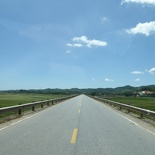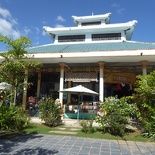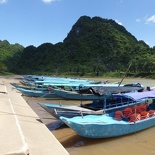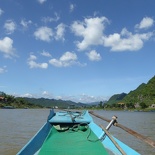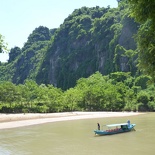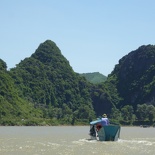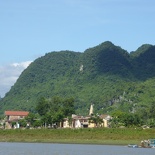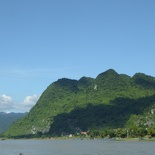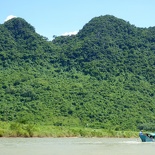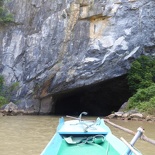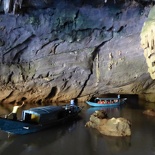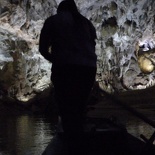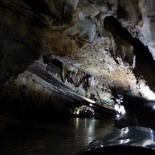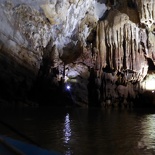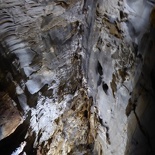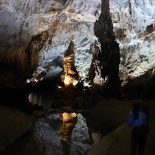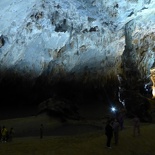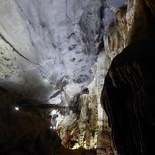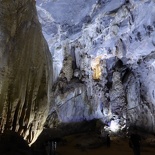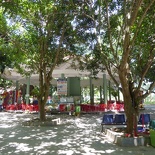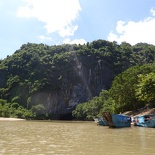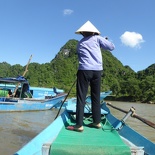Phong Nha Ke Bang is a National Park and a UNESCO’s World Heritage Site located in central Vietnam. The National Park was only just recently opened to the public in 2010. It is home to large cave systems together with pristine untouched jungles (such as the Kẻ Bàng forest). These are spread throughout a rugged landscape comprising of hilly tree-covered terrain.
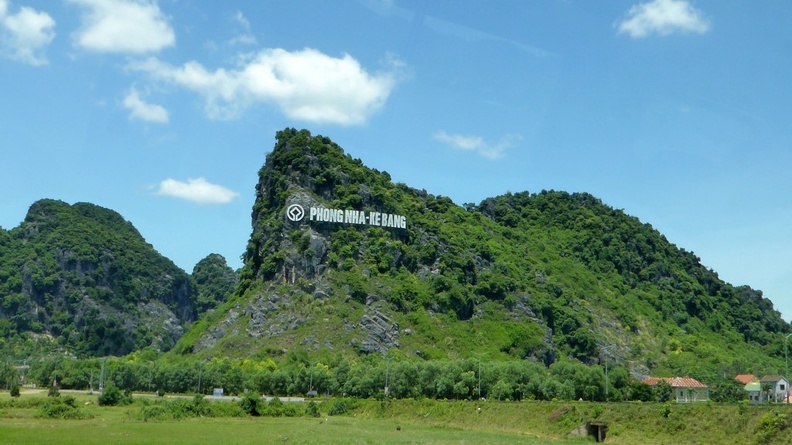
Furthermore, the park derived its name from Phong Nha Cave, home to fascinating rock and limestone formations. The plateau on which the park is situated is probably one of the finest and most distinctive examples of a complex karst landform in the Southeast Asia region.
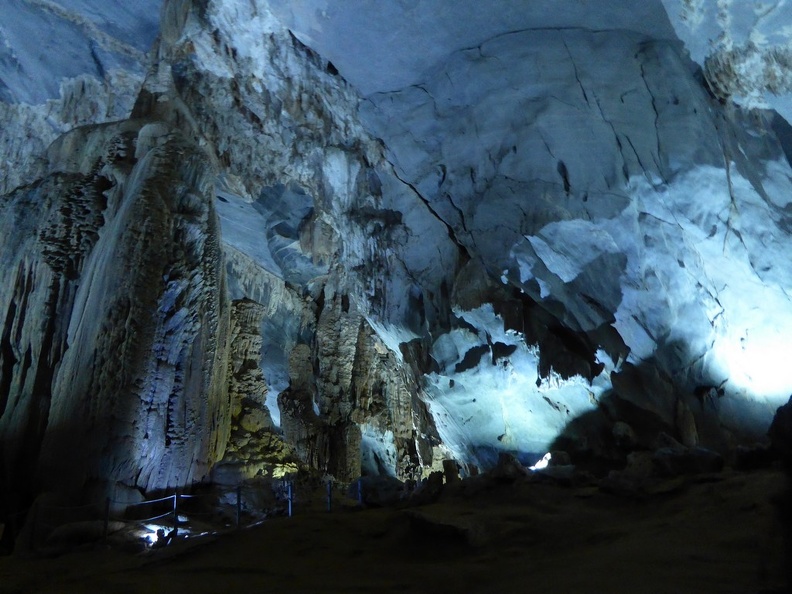
Many of the said limestone caves in the park are still unexplored, residing within the ground and hills within. The most famous being the Thiên Đường (paradise) cave. Additionally, there is the newly discovered Son Doong (the largest in the world) as well as the Phong Nha waterway cave.
Getting to Phong Nha Ke Bang National park
A journey to Phong Nha begins with a drive to the national park itself. This is followed by a river boat ride into the world longest cave river. As the river is essentially in a cave, renting a boat or a self-paddle canoe is the only way to see it.
Moreover, this travel need is well-served at the Tourism Service Center at Sơn Trạch commune of Bố Trạch District. The entrance of this center is accessible via National Route 1A, 50 km north of Đồng Hới, the nearest city. Geographically, it is 210 km north of Huế and 450 km south of Hanoi via Hồ Chí Minh Highway.
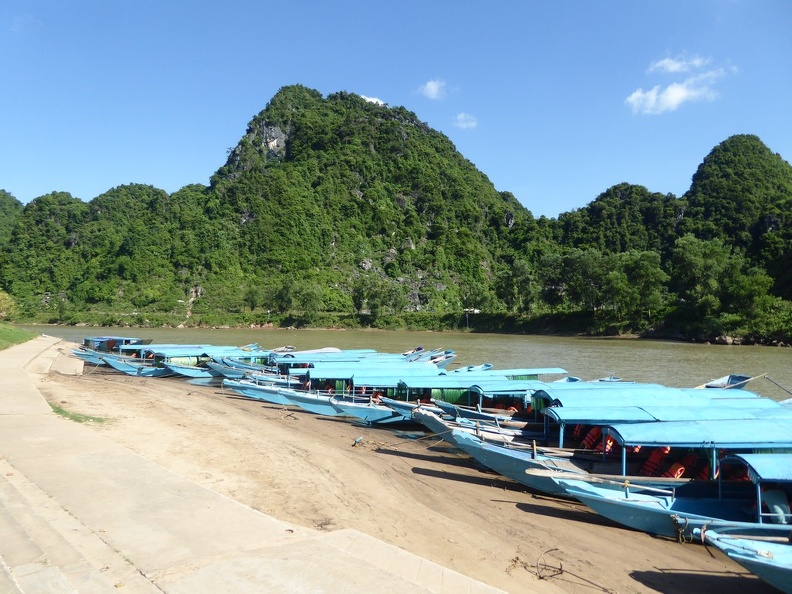
Boat ride into the caves
A boat jetty greets you at the visitor center, together with lines of shops and cafes catered to the influx of tourists to the site. Here, you can rent a 10-seater boat with a 2 person crew. The boatmen will take you there at an affordable 150,000 VND to visit the Phong Nha cave via the river. Tourists are required to buy entrance ticket for package services, including a park entrance fee as well as boat service.
You depart on a 30-40 minute long diesel boat ride via the Sơn River upstream to the Phong Nha and Thiên Đường (Paradise) caves. On the river towards the caves, you pass by a number of farmland houses, towns with a church. Noticeably, most of the residents here are making a living in agriculture- planting vegetables or farming fish. Also, it is not uncommon for the residents here supplement their incomes with tourist receipts. This includes manning and operating these blue-coloured tourist boats like the one I am on. These are designated by the Vietnam tourist board as tourist exploration boats.
As you move deeper down the river, you see mostly vegetation and forests still untouched by man. Currently, only parts of the national park are allowed to be publicly accessible. This is because the park still has one of the highest concentrations of hidden and unexploded ordinance/bombs in the world from the Vietnam war. Hence, there is still a strong military presence within the National park to ensure safety.
Henceforth, tourists are not allowed to hike or trek through the park without a licensed tour operator. Consequently, these hiking packages also have to be pre-booked as part of caving expeditions, such as those to Hang En.
Phong Nha Cave
The cave entrance is a large sloped gaping hole appearing at the bottom of a hill rock face which the river continues to runs through. Your boat crew will switch to rowing in by hand inside the cave to minimize noise pollution from the loud diesel engines. A nice shady chill soaked with damp air engulfs you the moment you enter the cave, sheltered from the outdoor sun.
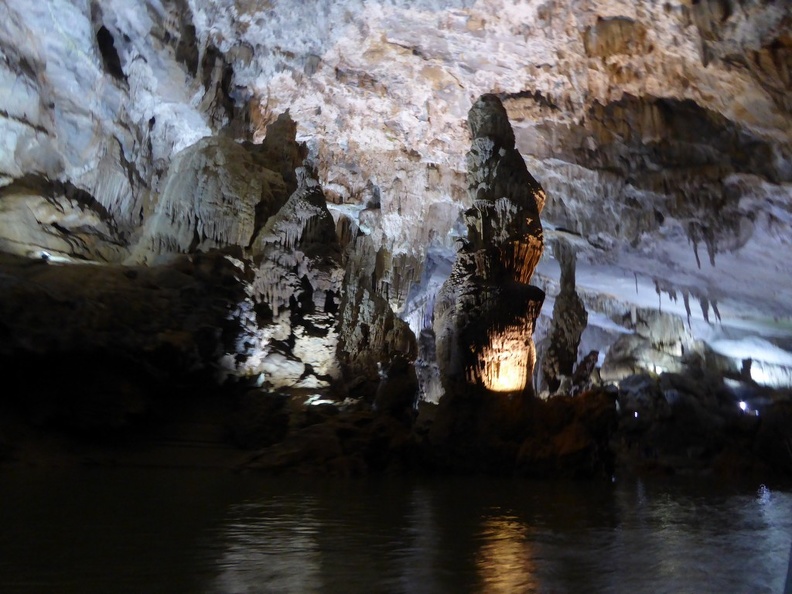
Limestone and Grottoes
Phong Nha Cave is a complex of 14 grottoes situated in the limestone mountains. The cave is 7.7 km long, with a 14 km long underground river. To date, it the longest ever discovered by man. It is riddled with hundreds of sub cave systems. Many of them extraordinary in scale and length. Many of them spectacular underground rivers.
On the boat ride, you pass by several famous rock formations of interest named after animals. For instance, there is the “Lion”- a limestone formation by the side of the cave river resembling a lion’s mane. Looking up and you can appreciate the beauty and sheer size of the caverns which the river runs and craves through.
Phong Nha Cave is a complex of 14 grottoes situated in the limestone mountains, the cave is 7.7 km long, with a 14 km long underground river- the longest ever discovered by man.
There are also small “beachlines” within the cave itself where the water spill over onto a limestone plateau. You will also “Fairy Caves”, the “Royal Court”- a cave clearing resembling an open court, and the “Buddha”.
Your crew will hand-paddle in about 1.5km into the cave before it becomes too tight for the boat to go through. From here on you will need a single seat canoe to hand-paddle yourself in in complete darkness which you can opt for from a number of canoe renters along the river side.
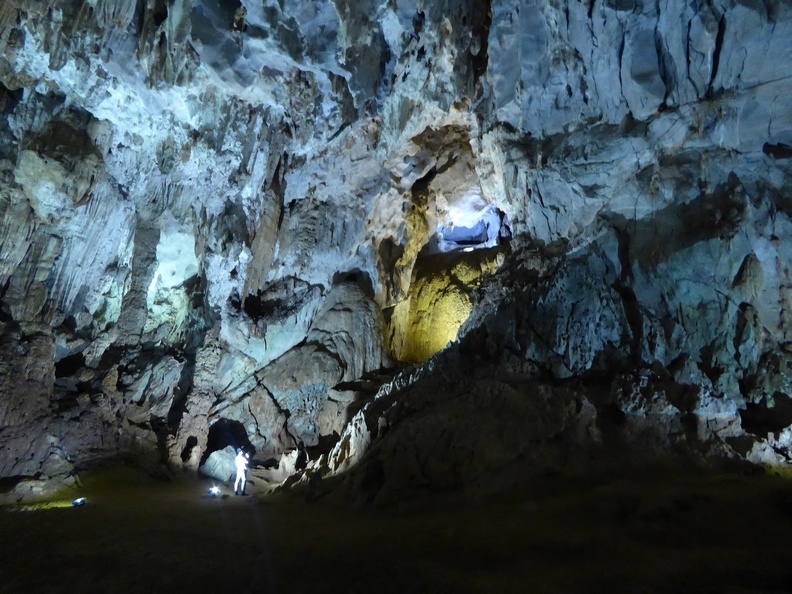
Following the river exploration of Phong Nha Cave, your boat crew will U-turn towards Thiên Đường cave, known as the “Paradise” Cave where you disembark your boat to further explore cave on foot.
Thiên Đường caves
The Thiên Đường caves are a newly discovered cave system in the area just explored and opened safe for public visitation less than 5 years ago. The cave is large and cavernous, littered with rather exquisite and very large standalone limestone sculptures popping right off the ground all around you. The details of the natural features are emphasized by the ambient man-made lighting which illuminates the entire cave.
Unlike most caves I had been in from Australia, China to the US, Thiên Đường is a very sparse enclosed cave system. As a matter of fact, it is large enough to even hold a large concert within. From the natural beauty, you can see how the national park was listed in UNESCO’s World Heritage Sites in 2003 for its geological value.
On foot, you get to explore the cave at your own time in comfort through a set of well-labeled markings bringing you to various points of interests in the caves. Interestingly, each of the limestone formations all look like they have a mind of their own. Each is unique in their proportions and structure, formed over thousands of years.
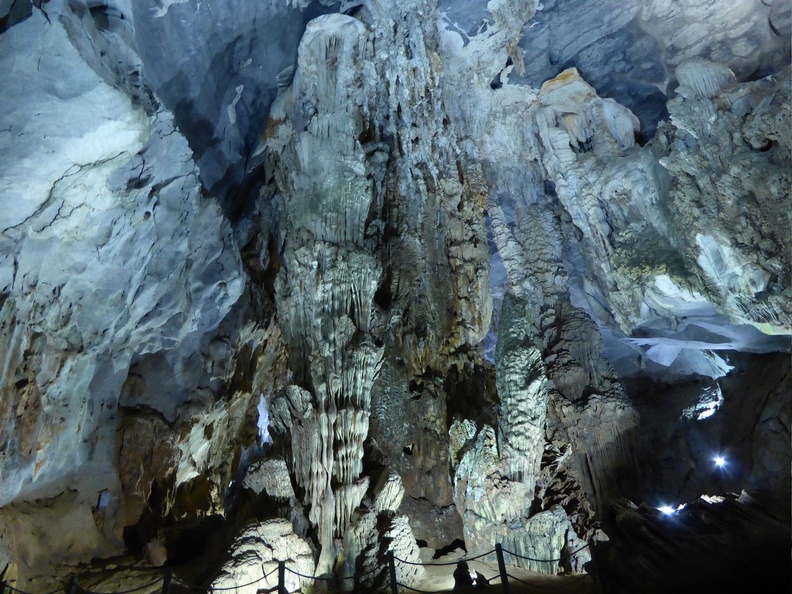
Caves are also excellent natural insulators, able to maintain a near-constant interior temperature which makes it ideal for dwelling. It is surprisingly cool inside the caves sheltered from the sunny day outside. The likewise is true in the night, with the caves retaining heat during the cold outdoor nights.
More caves to be discovered
Phong Nha was regarded as the largest and longest cave in the Phong Nha-Kẻ Bàng national park until a recent discovery of Sơn Đoòng. This is another larger cave in April 2009 by a team of British cave explorers of the British Caving Association and Vietnamese locals.
Caves are also excellent natural insulators, able to maintain a near-constant interior temperature which makes it ideal for dwelling. It is surprisingly cool inside the caves sheltered from the sunny day outside
However, this remote caves are more inaccessible, requiring more days and specialized equipment to explore. Notably, many of the caves systems in the National park still remains unexplored. There are still extensive water studies done to map the entire network out. Moreover, given the park close proximity to the Laos border, some explorers say that the extensive underground caves networks here could even connect you directly into Laos.
The Quảng Bình Province has invested in upgrading the Phong Nha-Kẻ Bàng visitor site to turn it into one of Vietnam’s major tourist destinations. There is a small settlement village and temple just before the cave entrance built to serve tourists. The place offers additional amenities, sanitation as well as places of entertainment and dining. The jetty here is also the pick-up point of your boat ride back to Sơn Trạch after your exploration of the Thiên Đường caves.
In all, you will be good at the cave for about half a day. Most time spent traveling to the national park. However, for the untouched beauty the place has to offer, Phong Nha Ke Bang is definitely a cave visit not to miss.
Photo gallery of more photos of the Phong Nha and Thiên Đường caves.

